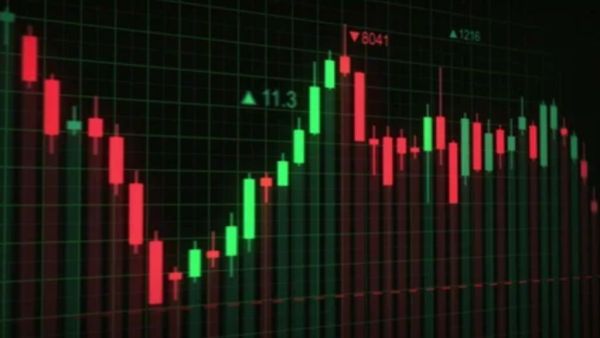
The Illusion of Progress
Trains have always symbolized progress — the speed of modern life, the connection between distant worlds. But behind every rail, there’s a balance sheet. What once represented public service now mirrors private ambition. In many countries, rail systems have shifted from common goods to financial assets. The result is simple: the train no longer serves the people; it serves investors. Comfort is marketed, but profit drives the route.
From Steel to Stock
Railways were once a collective project, built through labor, struggle, and hope. Today, they are traded like commodities. Companies issue bonds, hedge funds speculate on infrastructure, and governments lease public lines to private corporations. Each decision, wrapped in the language of “efficiency,” hides a truth — rail systems have become financial machines. A ticket price is not just a fare; it’s a calculation of return on investment.
The Debt Engine
Public transport, when privatized, runs not on fuel but on debt. Private companies borrow to build, promise to repay through passenger fees, then cut corners to protect margins. Workers face layoffs, maintenance declines, and safety weakens — all in the name of profitability. Finance drives the train, not engineers. The rhythm of the rail follows the logic of speculation, where cost-saving becomes more important than safety or fairness.
Inequality on the Tracks
The train divides as much as it connects. In wealthy districts, high-speed lines glide smoothly; in working-class areas, stations close. Rural lines vanish because they are “unprofitable.” Accessibility becomes a luxury. What should be a right — mobility — turns into a privilege. Finance defines who travels, how often, and under what conditions. Even the timetable reflects inequality: time is organized around those who can afford to move.
Workers and Their Struggles
Railway workers remain the hidden backbone of this system. They face outsourcing, reduced pensions, and the constant threat of automation. Yet their strikes, from London to Dakar, remind the world that trains cannot run without human hands. The capitalist dream of self-driving trains is not about innovation — it’s about erasing labor. Resistance on the tracks, therefore, is resistance against financial domination. It’s a battle for dignity in a system that treats workers as costs, not creators.
The Mirage of Modernization
Governments promise “smart” trains, “eco” rails, and “digital” stations. But each new reform hides old intentions. Modernization means contracts for the wealthy, public debt for the rest. Financial institutions fund “green” rail projects that quietly expand profit pipelines. The environmental narrative becomes a cover for accumulation. Capitalism paints itself green, yet its rails still run on inequality.
Betting on Movement
Finance doesn’t just invest in trains; it bets on them. Markets trade on future passenger numbers, fuel prices, even climate policies. Mobility becomes speculation. The same logic driving betting platforms — like Koi Fortune login — applies here: constant motion, constant risk, constant gain for those already in power. The rest of us, passengers and workers alike, remain tokens in someone else’s game.
The Alternative Track
But another path is possible. Public ownership, democratic planning, and ecological accountability could transform the meaning of movement. Trains could connect communities instead of markets. Fares could be reduced, labor respected, and resources shared. It’s not a fantasy — it’s a choice. Countries that treat transport as a right, not an asset, prove that equity can replace speculation. The challenge is to make that political, not technical.
Conclusion: The Future in Motion
The story of trains is the story of capitalism itself — the promise of progress masking a system of control. Finance captured the tracks, turning movement into profit. But the people who build, maintain, and ride those trains still hold power. Every strike, every protest, every demand for public ownership is a reminder that progress is not defined by speed but by justice. The question is not how fast we move, but who decides the destination.
-
Over 4K booked, 285 held for ‘I Love Muhammad’ protests across India: Report

-
Bihar elections: Jan Suraaj Party will scrap ban on sale of liquor if voted to power

-
Minister Suresh Gopi offers to step down, wants Sadanandan Master to replace him

-
Priyank Kharge urges Karnataka CM to ban RSS activities

-
Chidambaram calls Operation Blue Star ‘a mistake’, Congress unhappy
